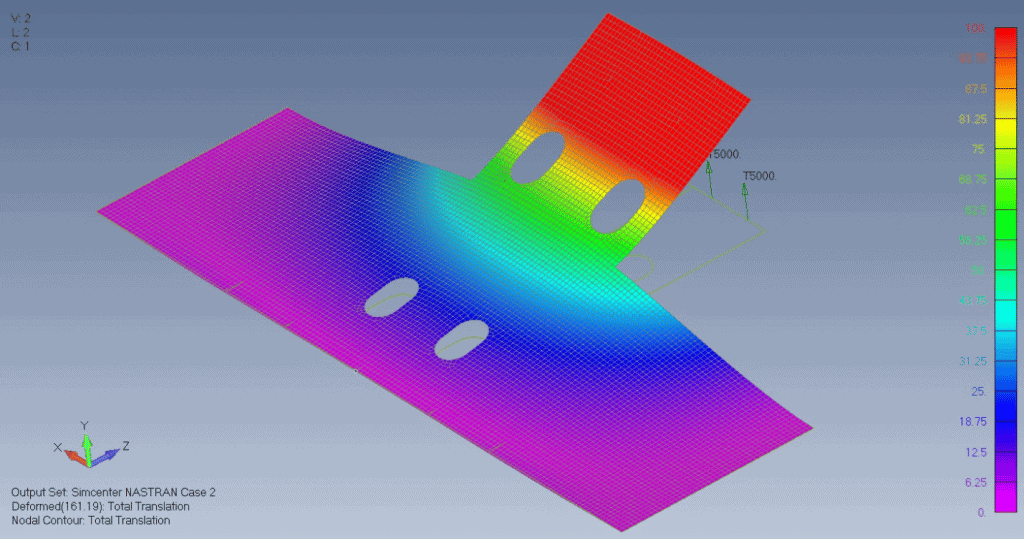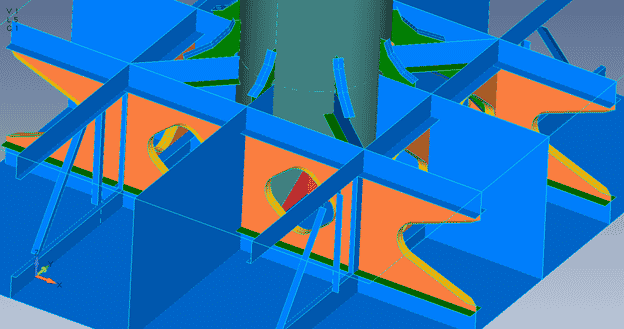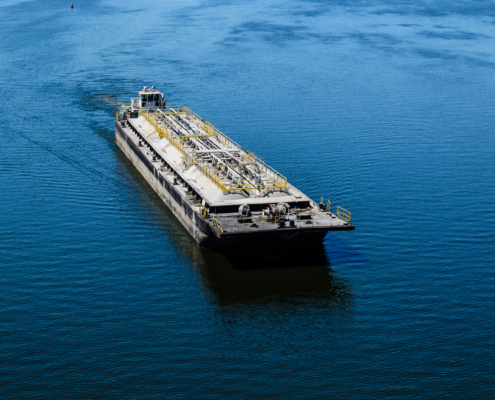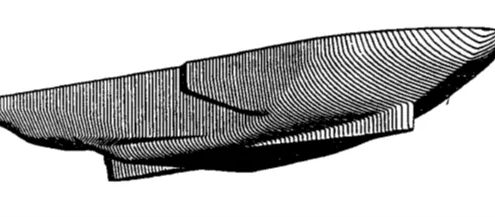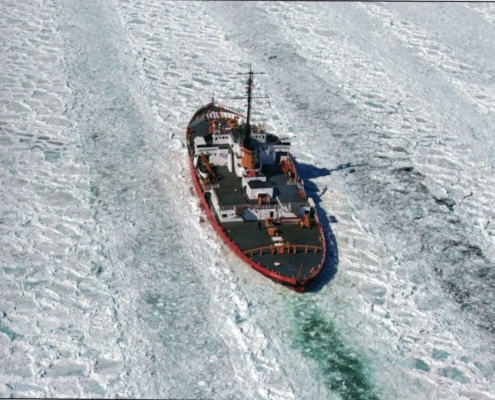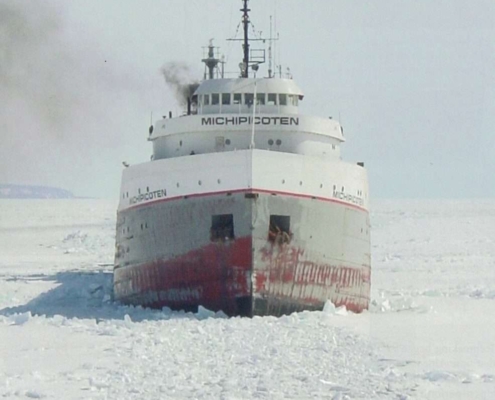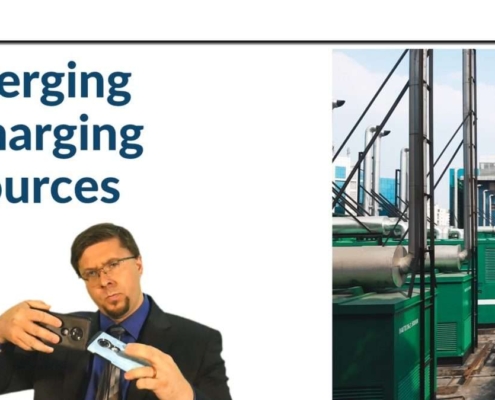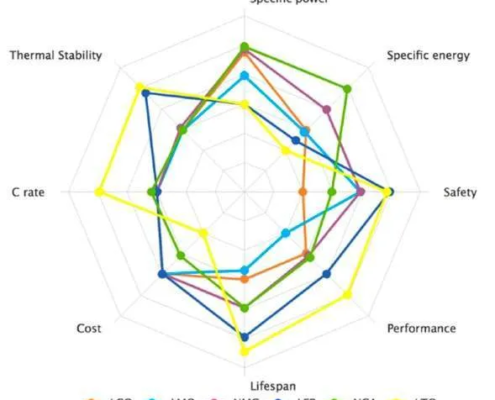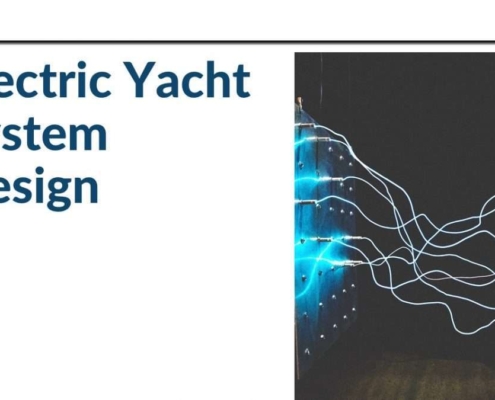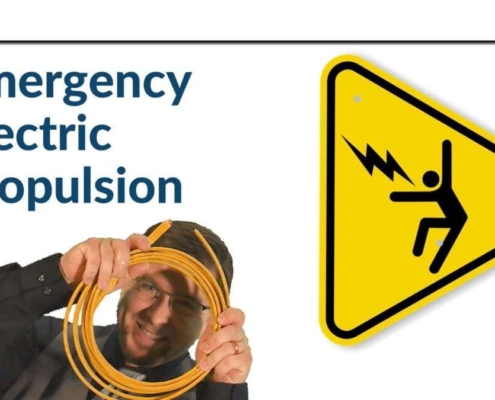The keys to a good foundation are strength and stiffness. We want a strong structure that maintains similar stiffness as it distributes the stresses. Not all parts of the structure should be equally stiff. We need to recognize the natural stress paths and place our stiff structure along those paths. FEA certainly helps with seeing the stress paths, but FEA only shows results for the structure you specify. It takes experience, and a little experimentation, to see past the current structure and find where the stresses want to go.
The physics behind this strategy requires background information on stress patterns, interaction between geometry, strain, material stiffness, and common design practices. A full explanation is beyond this article. For now, I will over-simplify to a few general rules.
That last point is critical. Figure 4‑1 through Figure 4‑4 show deflection of the same structure loaded with the same force, just in different directions. The deflection plots were exaggerated to show the shape of deflection, but the color map matched the same scale for all plots. Notice that the out of plane forces exhibit far more deflection (Figure 4‑3 and Figure 4‑4). More deflection means lower stiffness.
This creates problems with interactions in the complex structure of a ship hull. Multiple structures intersect, deflecting in different ways, and reacting to different load directions. Ideally, these diverse structures should match to the same stiffness at each intersection. Practically, that never happens.
All these physics coalesce into guidelines for foundation design, most of them contradicting each other:
No wonder a good foundation can be difficult to design. The pursuit of a perfect foundation becomes an eternal quest, guided by personal preferences, opinions, and different priorities.


